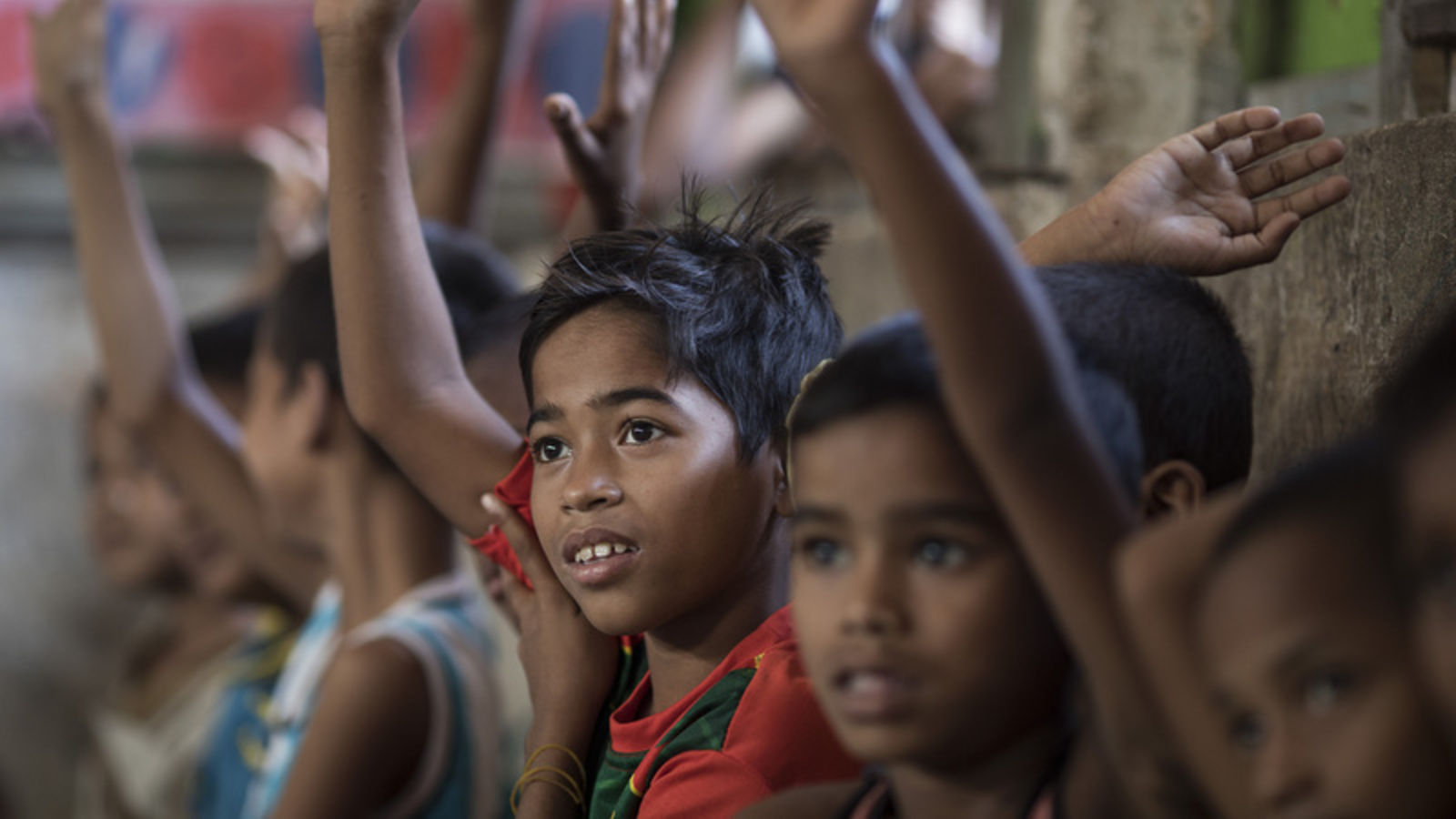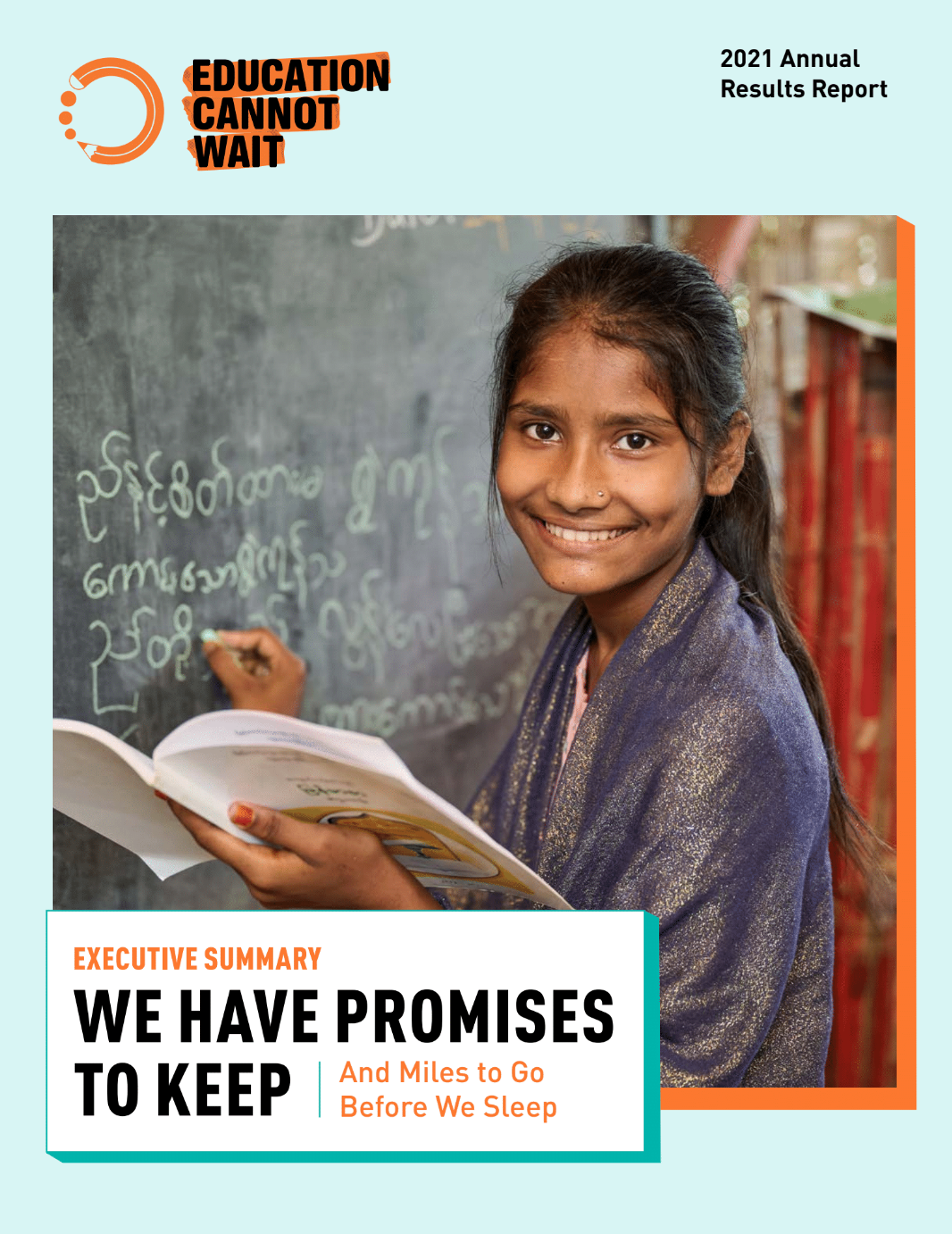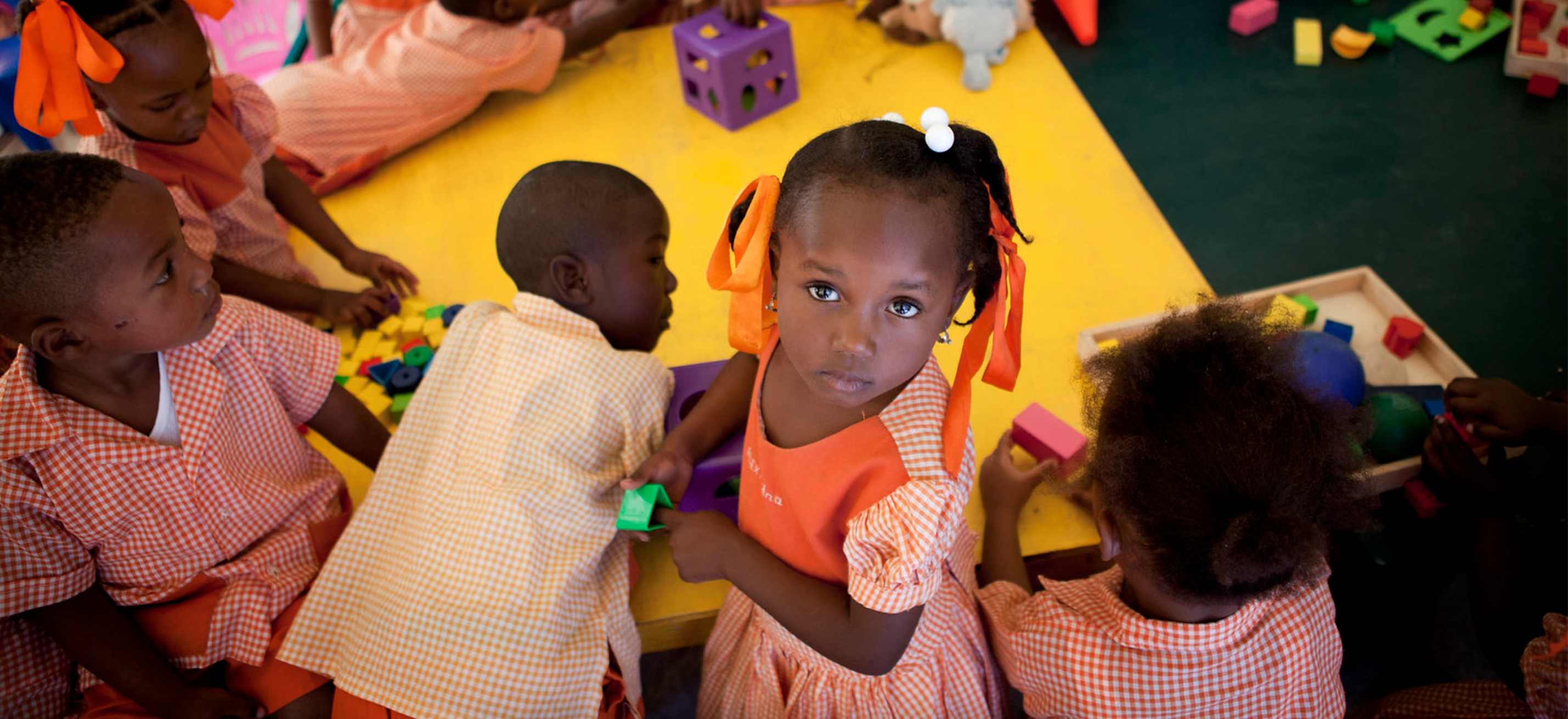Overview
Crisis-affected children and adolescents often experience interruptions to their education that last months or even years. Following situations in which children and their families have been forced to flee their homes, displaced children and adolescents are often not included in national education programmes in their host communities. Inclusive education is critical as education not only builds crucial skills and provides empowerment, but protects refugee girls and boys from child labor, forced recruitment into armed groups, sexual exploitation and child marriage.
The COVID-19 pandemic has further exacerbated the inequalities faced by refugee learners and progress that has been made in recent years in increasing refugee enrollment in schools is at risk. Despite the efforts of the international community over the past decades, a lot more must be done to ensure that every refugee girl and boy has access to an education and the tools and support they need to build a brighter future.
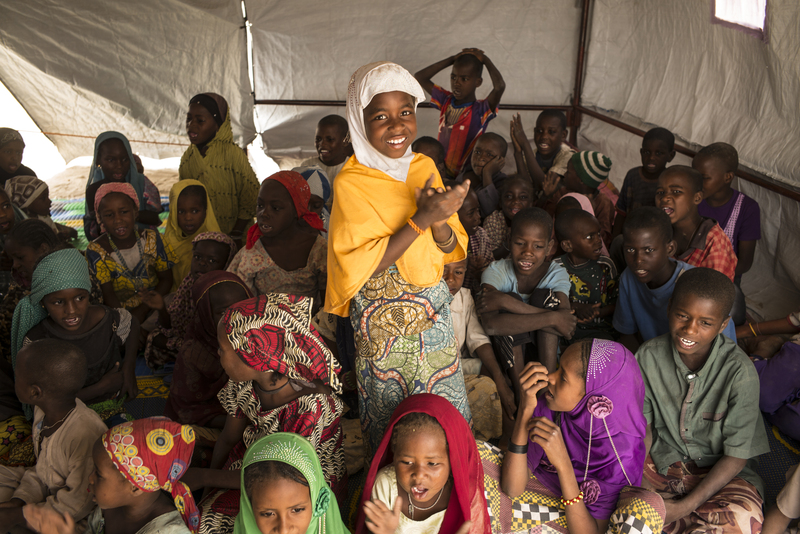
ECW’s Response
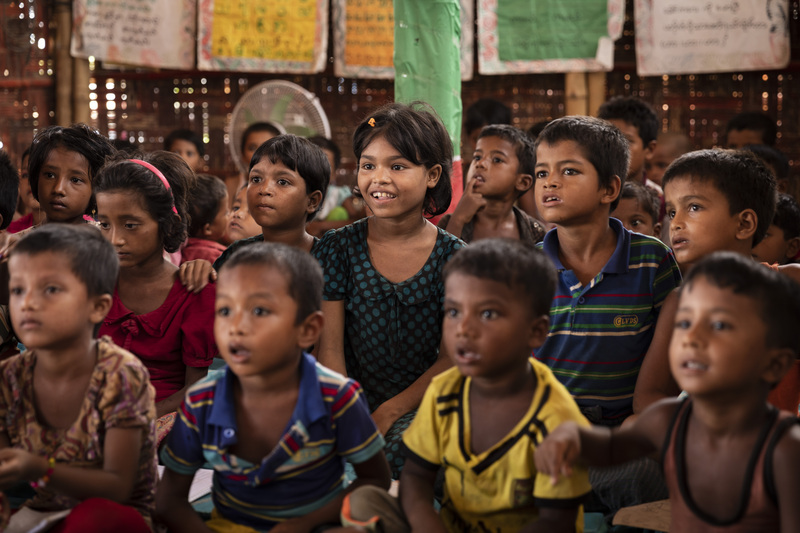
Through its investments, the Fund works to ensure that forcibly displaced girls and boys are able to access a safe, inclusive quality education. For ECW, education is protection.
ECW investments promote multi-year and emergency response programmes that respond to the specific needs and risks that children and adolescents face in emergencies and protracted crises. In the education context, this includes (but is not limited to): protecting against discrimination; preventing and responding to abuse, neglect, violence and exploitation; ensuring access to appropriate assistance such as psychosocial and health services; providing documentation for identity and scholastic certification purposes; and ensuring a safe and healthy learning environment.
At the 2019 Global Refugee Forum, ECW pledged to facilitate and invest in multi-year programmes for refugee and host-community children and adolescents to access quality education – particularly in secondary education. ECW has also made a commitment to work with the Global Partnership for Education and the World Bank to improve collaboration, coordination and financing of global efforts in support of education for refugee children and host communities. ECW is also mentioned in the Global Compact for Refugees as one of the stakeholders to contribute resources and expertise to expand and enhance the quality and inclusiveness of national education systems to facilitate access by refugee and host community children and adolescents to education.
Collaboration and coordination is key to ECW’s approach in reaching forcibly displaced children with education. In refugee response areas, coordination is usually carried out through an established refugee coordination mechanism, such as a refugee education working group. In internally displaced persons (IDP) response areas, a cluster approach is used to coordinate responses. This is usually led by the established Education Cluster in the country. There can be situations in which groups of refugees and IDPs are located in the same geographical area – referred to as mixed populations by the Fund. These situations are more complex and require a specialized coordination structure.

